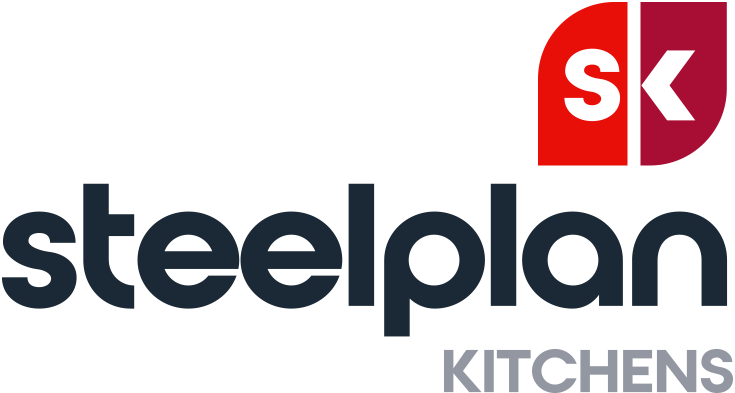Mess, wear and tear, consistent and prolonged use, steady foot traffic. These are just some of the challenges your community centre kitchen will need to be able to endure. The question is whether your current kitchen is equipped for such demands.
Your kitchen is the heart and soul of your community centre. It needs to not only encapsulate the warm, welcoming atmosphere of your community, but also stand the test of time. You shouldn’t be spending more time repairing and renovating your kitchen than you do actually using it.
That’s why considering your kitchen’s durability will be very important. Whether you’re looking at installing an entirely new kitchen, or simply refreshing an existing one, here are just some of the design factors you should consider to ensure your community centre kitchen can meet your needs.
Ease of maintenance
Any kitchen, no matter the material, will be subject to wear and tear – especially in a community centre where it will be used most days, if not every day. If you want to spend more time cooking and less time repairing or refreshing your kitchen, start by choosing a kitchen that is easy to maintain.
Many community centres and churches tend to opt for MDF kitchens due to its affordability, availability and aesthetics – however, it is by far the least durable option. MDF is both fragile and absorbent, making it more prone to damage and breakages, and allowing spills from grease and liquids to seep into the material and make it weaker – not to mention unhygienic.
Even with vinyl wraps to protect surfaces on most MDF kitchens, water can get trapped underneath, causing the wrap to bubble and peel which ruins the look and feel of your kitchen area. The wrap can also start to lift, which can be all too tempting for children in your kitchen to pick at.
Instead, for ease of maintenance you should consider more durable materials. Kitchens made with stainless steel worktops and powder-coated mild steel units offer a sturdier, more resilient ‘carcass’ for your kitchen, allowing them to withstand daily use, preventing the absorption of liquids and making them easier to clean and maintain.
How often it will need to be replaced
As you will be aware, community kitchen budgets aren’t unlimited – which is why opting for longevity over convenience is preferable. You need to ensure that the kitchen you choose will last for a long time without needing regular repairs or replacements, while still fitting within your budget.
While MDF might be the obvious choice for affordability, it’s a false economy. Although the cheapest option, the expense of maintaining and potentially replacing your worktops and units adds up over time.
Industrial, stainless-steel-looking kitchens, on the other hand, are certainly as durable and long-lasting as a material like powder-coated mild steel, but they are, for want of a better word, somewhat overkill.
While they will cater for a wide variety of appliances to suit all scenarios and last decades with proper maintenance, they are designed for much larger scale use than that of a community centre or local church. With a smaller budget and a smaller audience to feed, industrial kitchens are rarely worth the substantial investment in this scenario.
Semi-commercial kitchens are the perfect middle ground. They offer a balance of durability, versatility, design and cost-effectiveness. Stronger and more resilient than MDF, but warmer and more aesthetically pleasing than an industrial kitchen, a semi-commercial kitchen is the ideal blend of functionality and design.
Matching form and function
Of course, durability is a No.1 priority for your community kitchen. However, look and feel matter just as much. Your community centre is a place where people can gather to cook, socialise and connect with one another – so it’s important that it feels welcoming and ‘on-brand’.
From a solely aesthetic perspective, MDF offers a warm, homely feel with lots of options for decoration and customisation with vinyl wrap. That said, if you expect to use it a lot – which is usually the aim – you will inevitability run into problems regarding its durability and resilience.
Industrial kitchens, while inarguably functional, can be cold and institutional. They are designed to meet requirements, not fit the aesthetic of heritage buildings or colourful community centres. They are the obvious choice for restaurants and hospitality, but simply don’t fit the spec or budget constraints of a community centre kitchen.
So what material offers that perfect blend of form and function? A powder-coated mild steel kitchen can be customised with a colourful finish to complement the look and feel of your community hub, without compromising on durability, strength or hygiene.
Making the right choice for your community centre
Choosing the right material for your community kitchen is important, but so is having confidence in your kitchen renovation project. Material is just one decision you will have to make throughout your transformation project.
With Steelplan, you don’t just get the finished product. You get a partner that understands all the health and safety regulations, is experienced with the procurement processes you will have to go through, can design a kitchen unique to your space and, above all, can provide a 3D visualisation of your dream kitchen, so you can see exactly what it will look like in your space.
Armed with a network of trusted local installers, you can rest assured that the kitchen you install will meet your needs, match your vision, and be the right choice for your community centre.Ready to start your kitchen transformation project? By using our free design and consultation service, you can receive a free, no-obligation 3D visualisation of your ideal kitchen in your community centre, so you can have full confidence that what you see is what you get. Talk to us today to get started: https://steelplankitchens.co.uk/contact-us/





